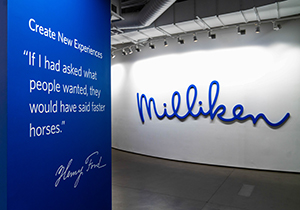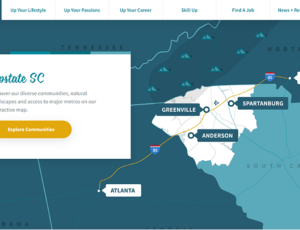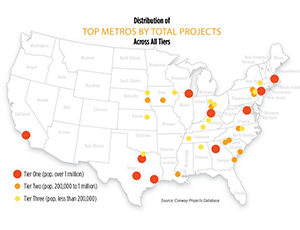
Upstate South Carolina’s Swamp Rabbit Trail
June 17, 2024Prisma Health Swamp Rabbit Trail is a walking, biking and running trail that promotes sustainability and economic growth across the region.

Prisma Health Swamp Rabbit Trail is a walking, biking and running trail that promotes sustainability and economic growth across the region.

Sustain SC study measures the potential impact of sustainable technologies on South Carolina’s businesses and economy.

South Carolina has announced its 2023 industry recruitment results as the second-highest in state history. The Palmetto State saw $9.22 billion in capital investment, 14,120 jobs and 81 projects.

The International Transportation Innovation Center (ITIC) boosts the Southeast’s ability to conduct state-of-the-art R&D and mobility innovations for aerospace and automotive companies.

2023 Upstate Intelligence Report paints a picture of the region’s sustainable businesses, lifestyle opportunities and sophisticated technical workforce.

Upstate organizations receive a 2023 Mac Conway Award, recognizing the efforts of economic development agencies that “worked tirelessly to bring projects large and small to their communities.”

Fortune has ranked Spartanburg’s Milliken & Company one of the most innovative companies in America, one of only several manufacturers named.

Move Upstate SC’s online resources help employers fill talent gaps by addressing the relocation factors that matter most to prospective employees.

Why are EV companies flocking to South Carolina? Manufacturing Dive explores the topic with insights from site consultants and economic developers.

The Upstate has won two No. 1 rankings in Site Selection Magazine’s Top Metros: Spartanburg came in 1st in projects per capita, and Greenville-Anderson-Mauldin won 1st for total projects. The rankings were among “Tier 2” communities with populations between 200,000 and 1 million.